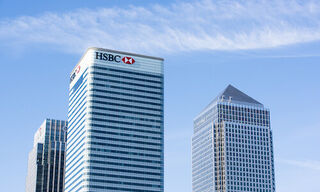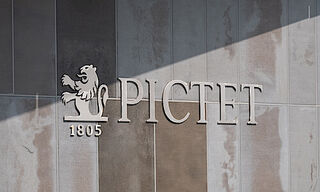Risks are surfacing on the horizon for the three Singapore banks, which just wrapped up their results session for the third quarter underpinned mainly by stronger non-interest income from the wealth management business as well as fees.
All three banks reported healthy single-digit growth in its net interest income (NII), with DBS's 8 percent NII growth the strongest of the trio, against NIM of 1.9 percent. Meanwhile, UOB reported a 38 percent surge in income from wealth management to S$183 million.
However, the profitability of the banks has likely peaked while Net interest margin (NIM) will decline as central banks globally cut rates, several analysts noted. «Credit costs will increase mildly as asset quality weakens,» said Moody's in a report. NIMs are a key gauge of profitability for banks, measuring the net difference between income earned from loans and the interest paid to depositors.
Unexpected Number Of Rate Cuts
DBS highlighted it would miss its 2019 NIM expansion forecast that it had guided for earlier, as the three interest rate cuts by the U.S. Federal Reserve this year exceeded their expectation of only two cuts this year. In its third-quarter results briefing, DBS chief Piyush Gupta told reporters DBS is now likely to end up with full-year NIM growth of about three basis points, under its earlier expectations of a mid-single-digit basis point expansion.
For OCBC, its chief Samuel Tsien said during the bank's results briefing that NIM for 2019 is expected to be meaningfully higher than the 1.70 percent seen last year, but this will gradually come down in 2020 in line with lower interest rates. He added that the operating environment is «visibly weaker and undeniably slower than before».
Credit Costs Are Volatile
Credit costs, the allowances provided for souring assets against the entire loan portfolio, will also become more volatile for the banks as the lenders are now using «complex provisioning models that are sensitive to economic projections», notes Moody's.
As a case in point, OCBC recorded a surge in its Q3 allowance for loans and other assets from both a quarter ago and from the year-ago period. This reflects a weaker economic outlook and rising geopolitical risks across most of its markets including Singapore, Hong Kong, and Indonesia.
Hong Kong Could Weigh
Analysts flagged risks from the Hong Kong situation, with violent clashes between the radical rioters and the police seizing headlines on Monday. Earnings from Hong Kong and China have been a clear engine for the Singapore banks, accounting for 14 to 42 percent of 2013-2018 pre-tax profit growth, notes Citi's analyst Robert Kong.
In the third quarter, DBS took a general allowance of S$61 million as a «prudent measure», reflecting concerns over its Hong Kong exposure. Similarly, OCBC took additional provisions amid the unrest in Hong Kong.


























